Information presented at the Workshop showed that in 2024, Vietnam's GDP increased by 7.09%, far exceeding the Government's plan of 6.5% and the highest in the three years 2022-2024; export turnover increased by 14.3%, import increased by 16.7%, trade surplus reached a record of 24.77 billion USD; FDI increased by 9.4%; total social investment increased by 7.5%; inflation was only 3.63%... All of these show that the economy has returned to strong growth after the pandemic and external shocks.
However, according to Prof. Dr. To Trung Thanh (Chief Editor of the Publication), the nature of growth is still mainly based on capital and labor, not productivity. Specifically, the contribution to economic growth of capital accounts for 53.1%, labor accounts for 18.8%, while total factor productivity (TFP) accounts for only 28.1%, a significant decrease compared to the level of over 33% in the period 2016-2020.
“This is a worrying sign because breadth growth is unlikely to create long-term sustainability,” commented Professor To Trung Thanh.
 |
| Experts discuss at the Workshop |
Compared to the region, Vietnam's labor productivity remains low: only 59.6% of Thailand's, 52.8% of Malaysia's and less than 20% of Singapore's. The manufacturing and processing industry, which is expected to be the main driver of growth, has yet to demonstrate a clear leading role. The contribution of information and communication technology (ICT) to GDP growth is only 0.35%, reflecting an alarming lag in innovation.
Outlining the picture of the world and regional economic context as well as forecasting Vietnam's economic growth in 2025, regarding challenges from the world, Mr. Thanh said that world geopolitical tensions are still complicated; War and political conflicts disrupt supply chains, affecting supply sources, logistics costs, and increasing oil and food prices.
Besides, the risk of global economic downturn and the tariff war are seriously affecting Vietnam's economy.
Domestically, the growth model is still traditional, lacking new momentum, and lacking environmental sustainability; the private economic sector and enterprises are still facing many difficulties; risks of macroeconomic instability are challenges that Vietnam must face.
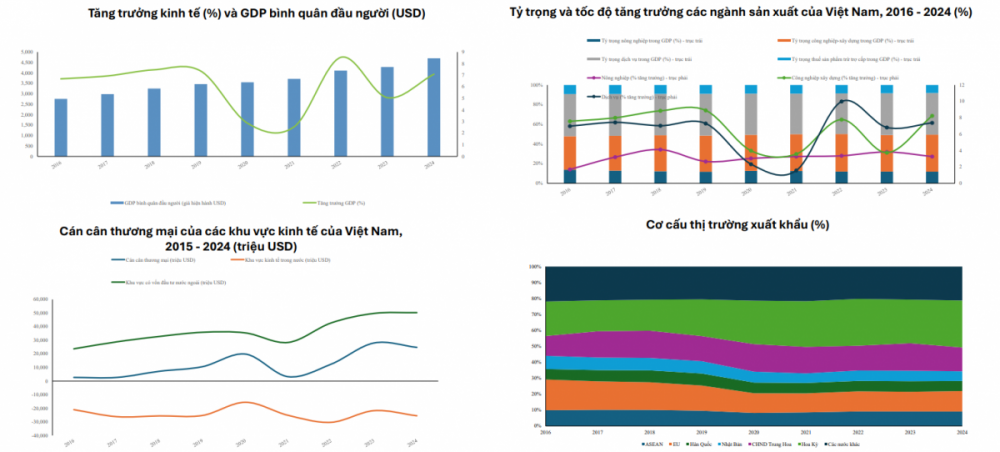 |
| Vietnam's economic panorama for the period 2016-2024: Growth, production structure and trade in motion (excerpt from the presentation of Prof. Dr. To Trung Thanh) |
Regarding the three main drivers of growth: Export - Investment - Consumption, private investment is unlikely to increase strongly due to difficulties in the business sector; exports and FDI in the first quarter grew well, playing an important role in economic growth but recently faced great pressure from new tariff policies.
“Currently, growth is mainly supported by public investment, and private sector final consumption plays a key role,” Mr. Thanh commented.
Sharing the same view, Associate Professor Dr. Pham The Anh, National Economics University, also said that the economic growth target of 8% or higher was set at the beginning of the year and did not take into account current developments in the international market, especially the US tariff policy towards all trading partners, including Vietnam.
Vietnam’s economy depends heavily on exports and the export-oriented FDI sector. Therefore, current tariff policies make Vietnamese goods more expensive when exported to the US market. This is a huge barrier to Vietnam’s economic growth this year.
In addition, the US tariff policy also creates instability, breaking the rules and regulations of the international market. This creates instability, causing FDI capital flows to stagnate or decline.
Professor Pham Hong Chuong, President of the National Economics University, warned that in the context of the "golden population window" about to close, not reforming institutions means losing the only remaining growth driver.
Institutions are the “soft core” of growth. Without unleashing productive capacity, improving the efficiency of resource allocation, and protecting people’s economic ownership, Vietnam will only grow but not develop.
Source: https://thoibaonganhang.vn/the-che-chinh-la-cot-loi-mem-cua-tang-truong-162568.html


![[Photo] Nhan Dan Newspaper announces the project "Love Vietnam so much"](https://vstatic.vietnam.vn/vietnam/resource/IMAGE/2025/4/17/362f882012d3432783fc92fab1b3e980)

![[Photo] The beauty of Ho Chi Minh City - a modern "super city" after 50 years of liberation](https://vstatic.vietnam.vn/vietnam/resource/IMAGE/2025/4/18/81f27acd8889496990ec53efad1c5399)
![[Photo] Closing of the 4th Summit of the Partnership for Green Growth and the Global Goals](https://vstatic.vietnam.vn/vietnam/resource/IMAGE/2025/4/17/c0a0df9852c84e58be0a8b939189c85a)
![[Photo] National Assembly Chairman Tran Thanh Man meets with outstanding workers in the oil and gas industry](https://vstatic.vietnam.vn/vietnam/resource/IMAGE/2025/4/17/1d0de4026b75434ab34279624db7ee4a)
![[Photo] General Secretary To Lam receives CEO of Warburg Pincus Investment Fund (USA)](https://vstatic.vietnam.vn/vietnam/resource/IMAGE/2025/4/18/7cf9375299164ea1a7ee9dcb4b04166a)
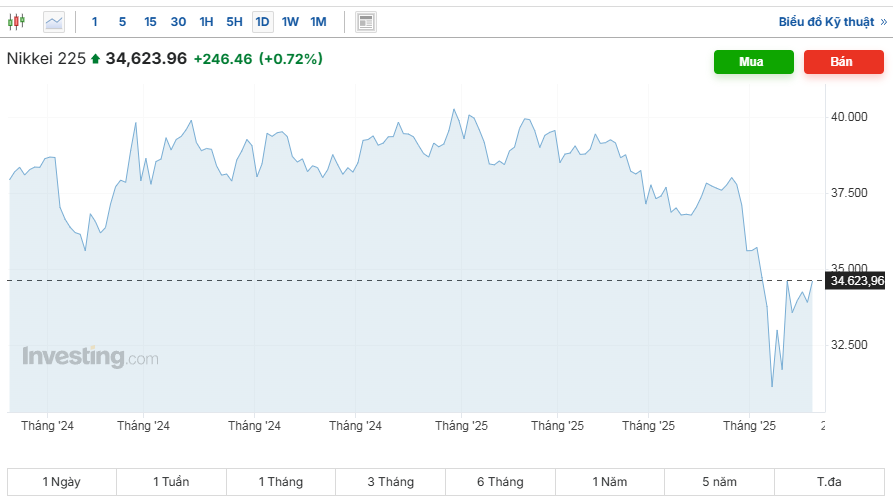



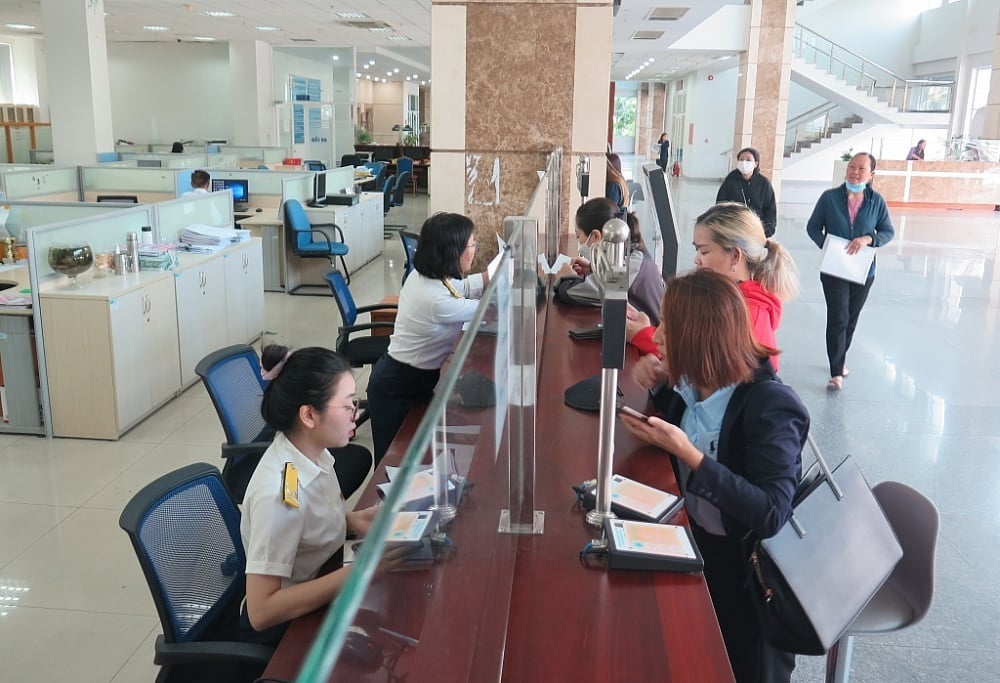






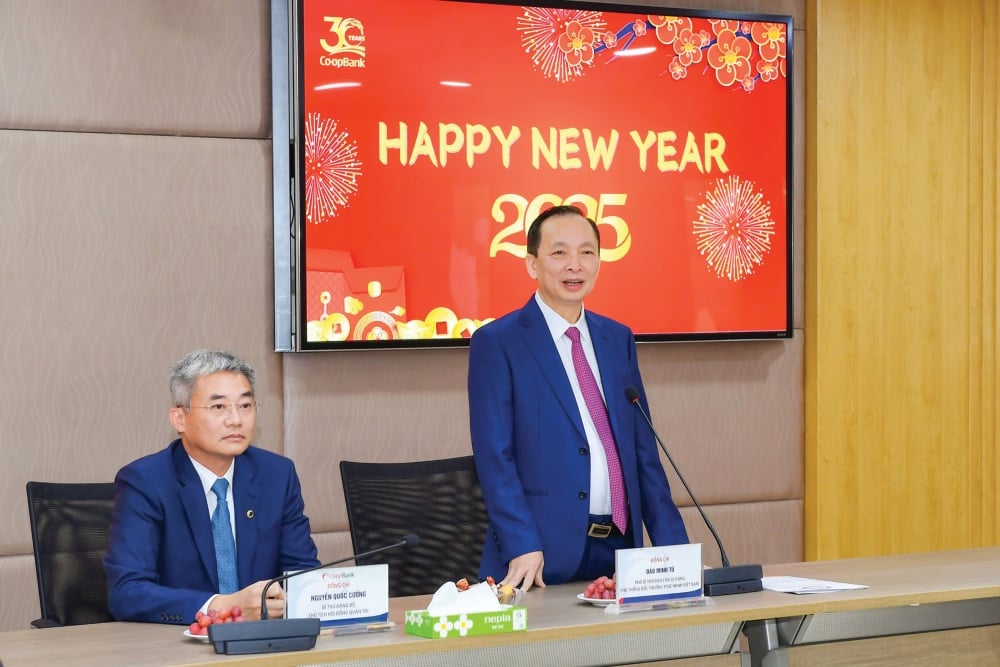


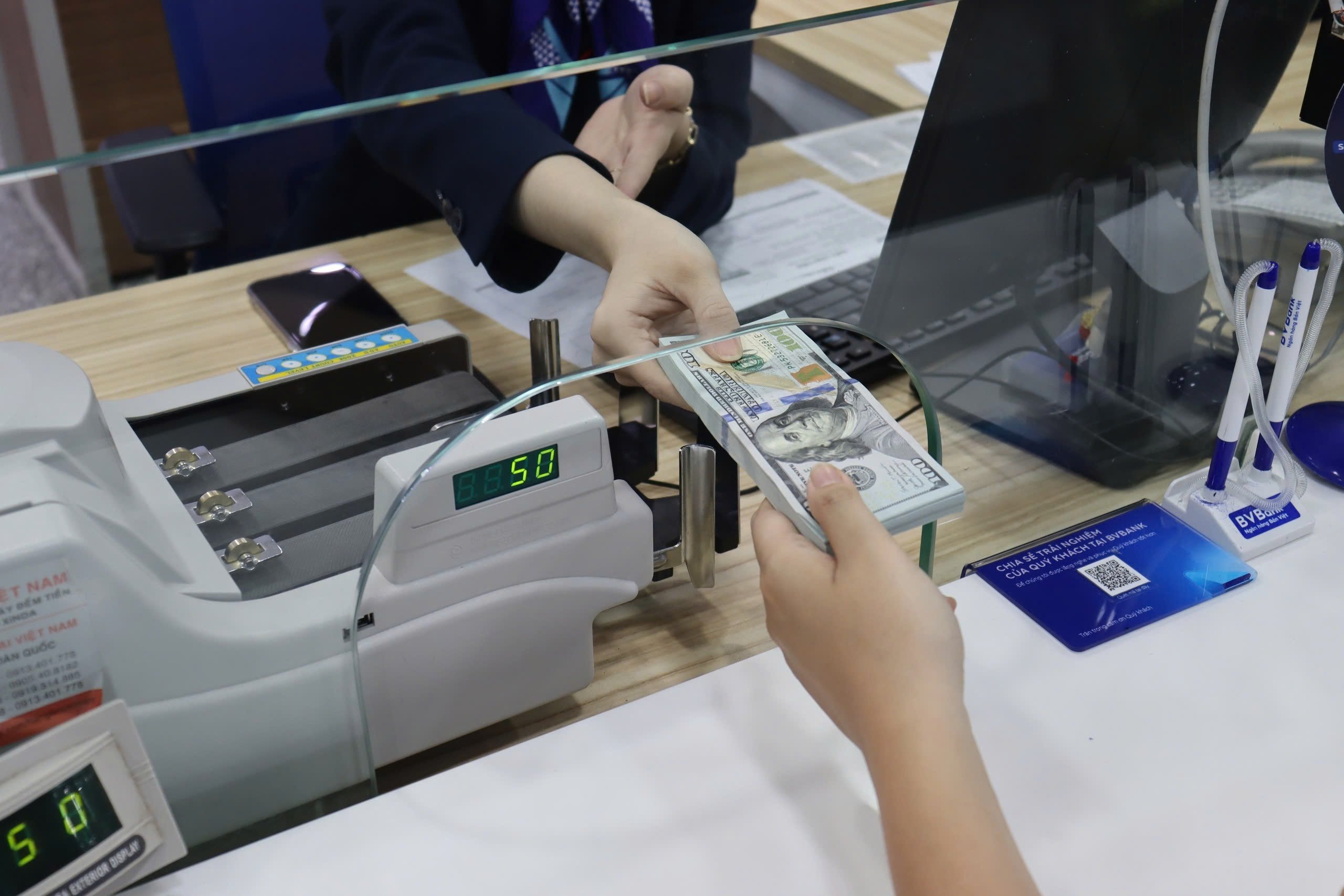

![[Photo] Promoting friendship, solidarity and cooperation between the armies and people of the two countries](https://vstatic.vietnam.vn/vietnam/resource/IMAGE/2025/4/17/0c4d087864f14092aed77252590b6bae)




























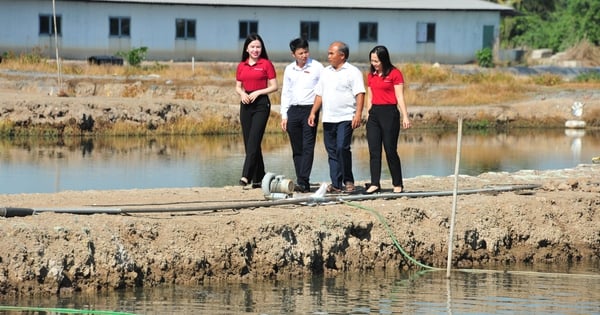





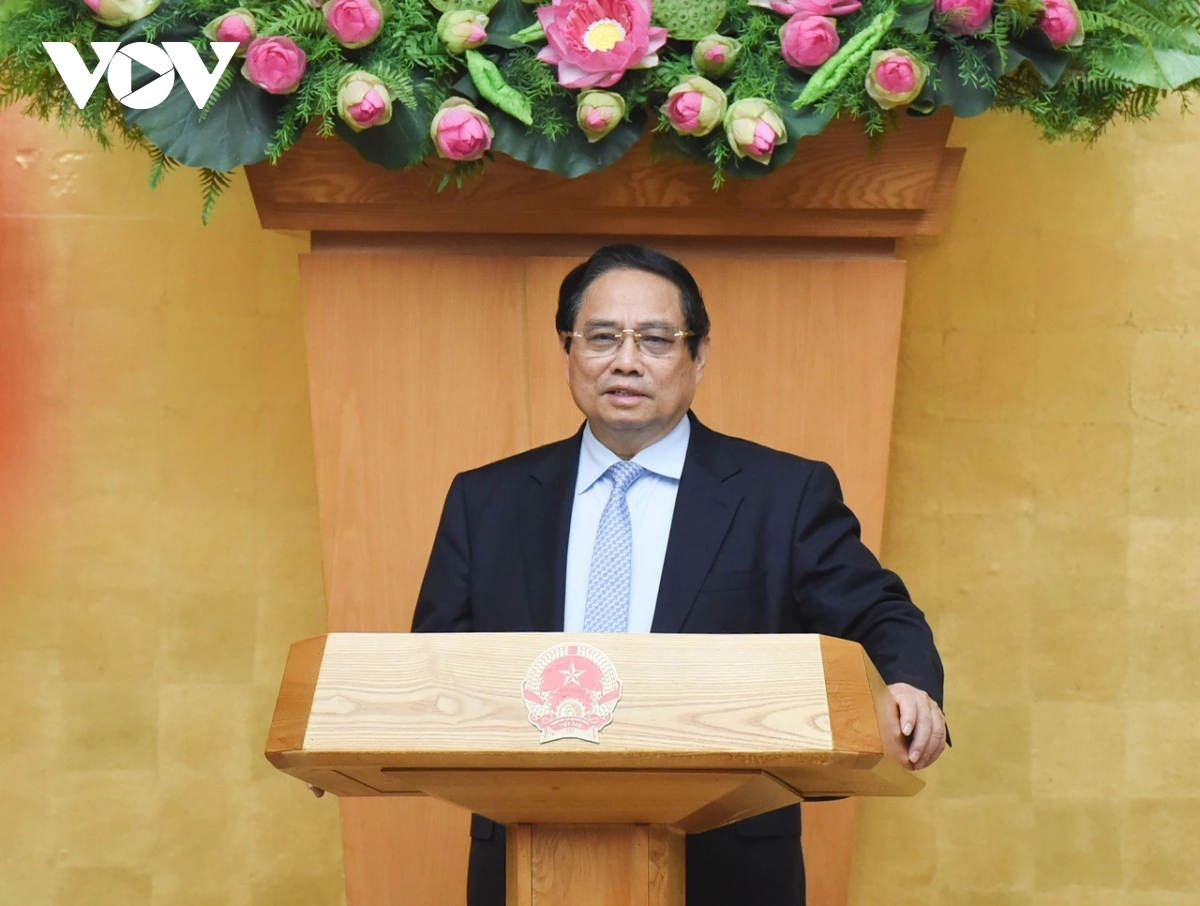































Comment (0)